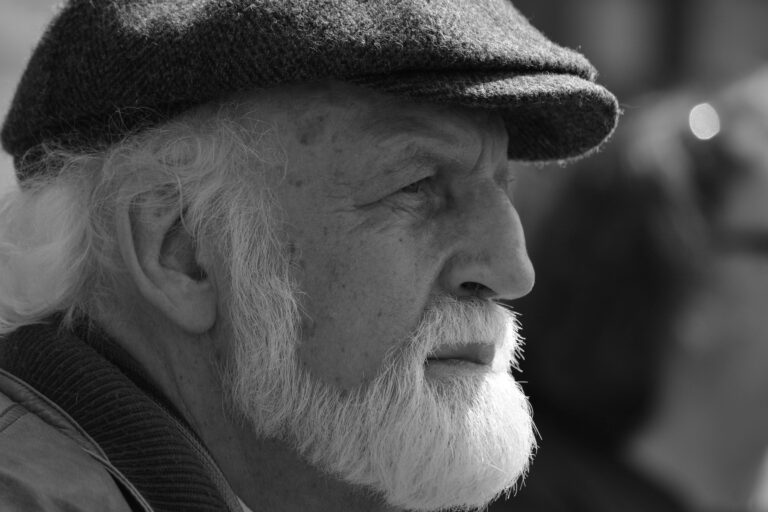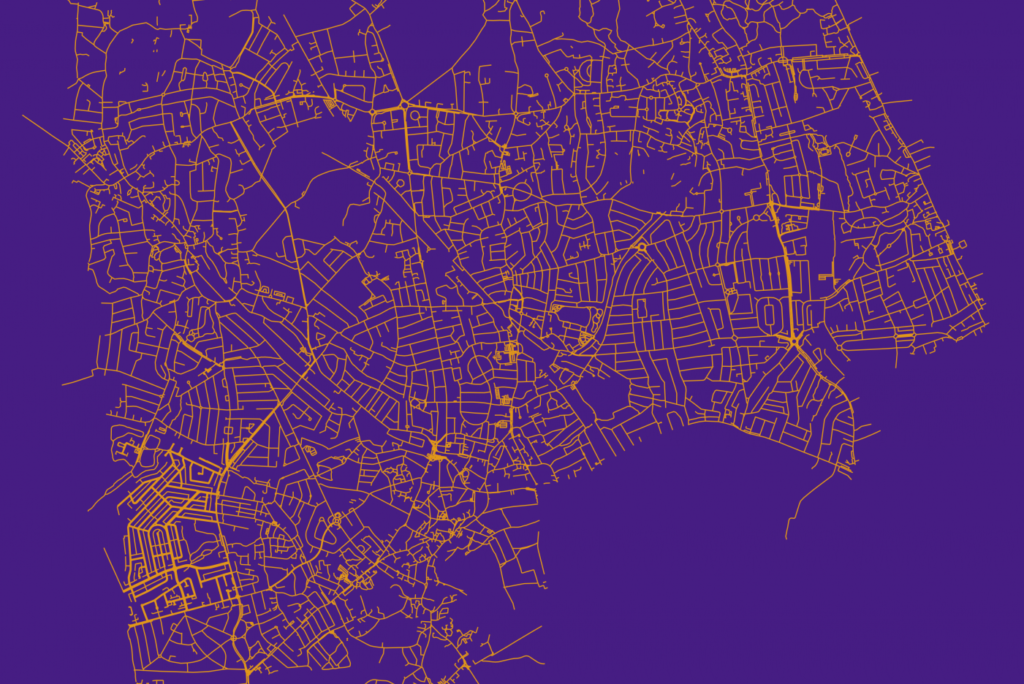
Harrow Council’s IT team take Tech For Good behind the scenes of a digital transformation programme that is improving the lives of its workers and residents
As living organisms, boroughs are in constant change. In 1852, the city of Harrow had 141 residents. Today, its council serves a vibrant and diverse community of over 250,000 people, and it keeps growing day by day. Therefore, the borough is no stranger to introducing new services that will improve the lives of all its residents. The COVID-19 pandemic required local authorities to quickly adapt and Harrow wasted no time in stepping up to the challenge.
Two years ago, Harrow Council embarked on an ambitious journey to modernise all aspects of how it works. Its mission was to wholly transform its culture, policies, and estate to foster a more vibrant and agile working environment for staff. In turn, they would be better placed to move quickly and innovate in delivering enhanced, customer-centric and continually improving services to residents. To do this, transforming the IT systems was a foundational step.
Ben Goward joined Harrow as Director of Information Communication Technology in April 2020, during the height of the pandemic. When he arrived he found a council whose IT systems had been outsourced for 10 years, and that was struggling to adapt to the requirements of remote work. In order to improve the productivity of the council and the services that it provides to its residents during those trying times, it was imperative to invest in IT.
“When I joined, my priority was to respond to the COVID pandemic by rolling out devices that people could use when working from home, and to improve collaboration within the organisation as well,” Goward says. “Our IT strategy here is very much about moving to the cloud, and improving the agility and efficiency of the council.”
The council had built up a long legacy of old IT systems; all its IT services were on-premise and employees were using older Windows systems to store information in a single data centre located in the council’s Civic Centre – a building earmarked for demolition.
“We are redeveloping our main Civic Centre site into social housing,” he says. “That means we have to move our legacy data centre and all of our core systems into the cloud.
“One of the things I wanted to do with this change is alter the relationship between our service users and the IT department. We brought elements of IT back in-house, and we trained up our service desk and our frontline staff to be really focused on what the user need was and how we could best serve that as an IT team.”
In early 2021, the organisation began the migration of the estate to Azure, allowing in-house and cloud services to run in parallel, so the council could take advantage of the best of both systems. Catherine Little, Harrow Council’s Head of IT Operations, explains the benefits of designing a new hybrid model of work that will adapt to the changes that the council is undergoing and the challenges that come with a crisis like COVID-19.
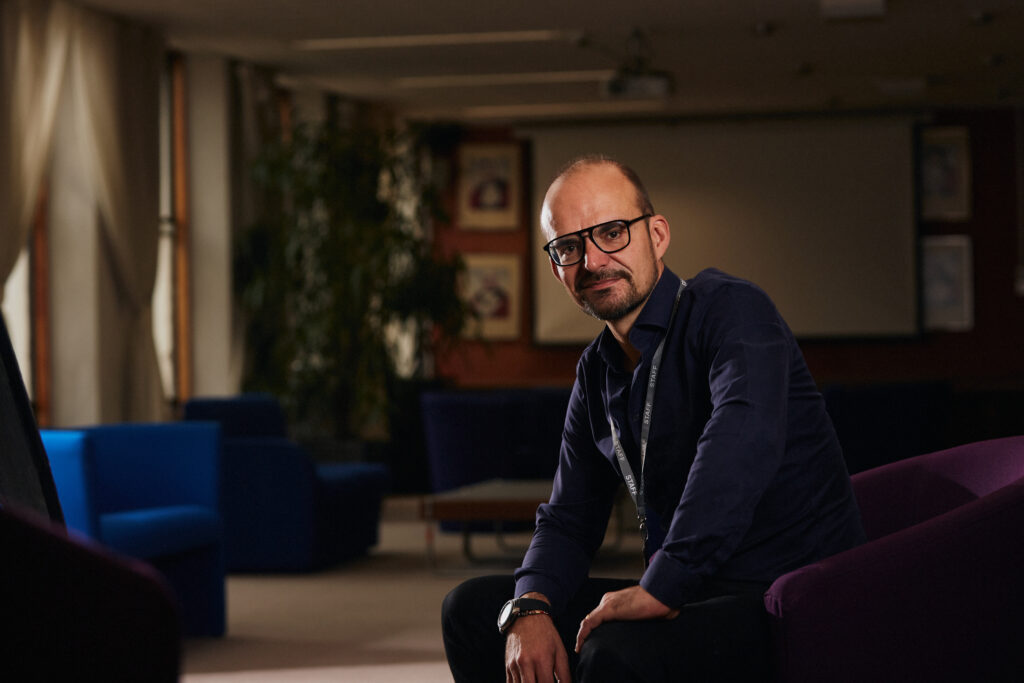
“I’ve worked at Harrow for a very long time and we’ve always undergone lots of change,” Little says. “We’d outsourced our IT service for 10 years, so we wanted to look at how we could deliver those services slightly differently. It was about being able to adapt to fast-paced change and wanting to bring back control. We went for a hybrid model because we felt that was the best way to adapt and react to the requirements of the service. Now we’ve got some services managed by third parties, and some of them are in-house. We just feel that we’ve got that control and that say over how we deliver our services.”
Although the plan to make this IT transformation always existed, the pandemic forced the IT team to undertake the ambitious cloud migration programme in a very short time. During the last year, the council has migrated all of its infrastructure, including about 300 line-of-business systems, to the cloud. At the same time, it has introduced a new service delivery model, which has required its workforce to learn a new set of skills.
The council’s IT is changing and ways of working need to change as well. For example, the council has launched its own IT service management tool, which allows users to interface through a portal instead of email. The organisation has also introduced audio-visual equipment in offices to run hybrid meetings, and has rolled out Windows 10 and Microsoft 365 tools. These new tools have been fundamental during the last year, where most of the council’s employees have worked from home, allowing real-time communication and information sharing despite the physical distance between team members.
“The pandemic has changed everything,” Goward says. “It required IT to really step up, to make sure that our staff, when working from home, could still be productive and continue to deliver the services that we need to deliver as a local authority.”
The biggest symbol of change in Harrow is the closing of the local Civic Centre. Council staff will move into a smaller collaborative working space, much more geared towards new ways of working. In the new location, traditional desks will give room to café style working, where staff equipped with the latest technology will run hybrid meetings and develop projects collaboratively.
“We’re in the middle of a modernisation programme, which is about not just changing technology, but about changing the way that people work,” Little says. “IT obviously has to support that. We have to be able to adapt at very short notice and our users and our residents have to be front-and-centre of everything that we do, because they are the most important part. We shape our services around their requirements, rather than what we think that they should have.”
People are a fundamental piece of Harrow’s IT vision, from those that make up the council population to every person who works every day in the council halls, and now, remote working spaces. In order to ensure that users are able to adapt to the new technologies and that the council is introducing tools that actually make a positive impact in their day-to-day work, Little works with a dedicated technology adoption team, that is able to identify the tools that are being used and the aspects that people struggle with.
“We’re constantly trying to push the new technology and make people feel comfortable using IT because that is one of the biggest challenges,” she says.
“The engagement with everybody during the transformation was actually quite easy, because people were clamouring for something different, and they knew that some of the traditional methods had to go. But the transition from the traditional methods to new technology is an ongoing process, and we are just constantly looking for new things to do.”
During the last 18 months, Harrow has been working tirelessly to roll out new devices and operating stems and move its data centre to the cloud. In addition to more efficient working, the transformation has also allowed the council to cut down costs, as it only will have to pay for the services that it consumes, instead of paying for a core system to be hosted internally. A little over a year in, a lot of its core systems have gone live in their new cloud mode, to very positive customer satisfaction ratings.
Version 1
“The key benefits of moving to the cloud for Harrow are that we become much more agile in terms of how users access the core systems and data that they need to do their job,” Goward says. “Moving our systems into the cloud has made us more agile and efficient as an organisation.
“Top-level sponsorship is always very important in a project as on this scale, and we’ve been very fortunate in Harrow that the chief executive and the exec directorship team have been really supportive of the projects that we’ve been running. They’ve been willing to invest where we’ve needed to invest and they’ve helped us through the difficult times. It’s been a collective achievement.”
As Harrow Council has moved its systems to the cloud, it has increasingly become dependent on the expertise of partners, who are helping the IT team with the process of migrating its systems to the cloud. A critical partner in the journey is Version-1.
The relationship between the council and Version 1 began in May 2020 and remains strong today. The company has been supporting organisations through their digital transformation initiatives for the past 25 years. Version 1 worked alongside Harrow’s IT team to develop a plan to modernise its applications and migrate its servers to Azure. As the work has progressed, the council has leaned further on Version 1’s expertise to tackle additional projects that will further drive the council’s digitalisation journey.

Borough residents are Harrow Council’s most important concern. When looking for a partner to support its IT transformation, it was fundamental to Harrow that its partner in such a mission-critical exercise shared the same community-centric values.
In addition to supporting the council’s IT transformation, Version 1 has added social value to the partnership by actively working with colleges and other community groups in the area to offer tutoring, work experience, and apprenticeships. At the onset of the COVID-19 crisis, Version 1 worked to adapt its work placements to a remote footing, rather than reducing or cancelling them, distributing students across different teams to make sure they didn’t lose pace with a changing job market. The project has been an incredible success and has received very positive feedback from both students and local authorities.
“People are the most important thing to Harrow, and I think the way that Version 1 deliver their services and the way that we work collaboratively together, you can absolutely see that,” says Catherine Little, Harrow Council’s Head of IT Operations. “There are defined lines in the contract, but they go above and beyond that.
“An example is when we did some workplaces with students. They were meant to provide two or three workplaces and they ended up doing four or five. They’re very giving of their time. It’s 80 hours to support the students in their work and whenever I’ve gone to them I never hear ‘No’. It’s always ‘Yes’. They’re a great partner.”
Version 1 and Harrow Council spoke to Tech For Good about their social value strategy last July. Learn more about it here.
“Of the third parties that we use, Version 1 are probably the biggest supplier in terms of the breadth and the range of the services that they provide,” Little says. “They support all of our applications and hosting, and they’re absolutely front-and-centre of our cloud migration. They also do a lot around social value, which is really important to us as an organisation.”
Despite the challenges brought forth by the pandemic, both organisations have been working together remotely as one team. The key to success has been trust and a shared goal to improve the lives of the residents of Harrow – a key thread of Version 1’s mission statement is to transform lives as well as technology, and it is sewn into all its contracts.
“We’ve got a lot of big projects still to come with Version 1 and we’re confident they’re going to be successful,” Goward adds.
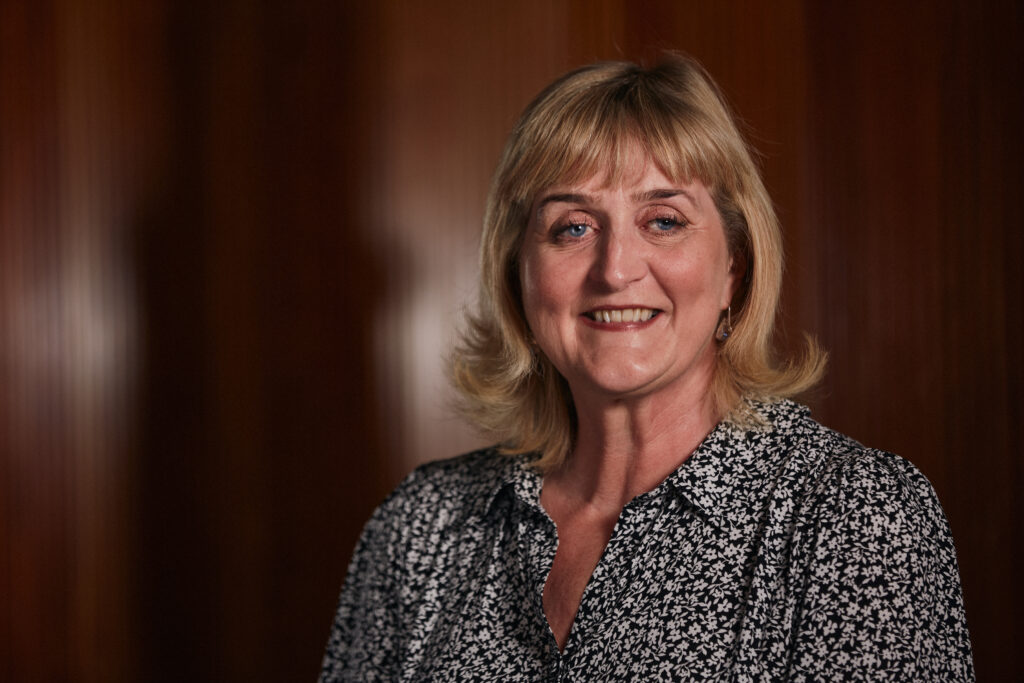
The ultimate beneficiaries of this transformation will be the people of Harrow, who are always at the core of every project the council completes. In order to ensure they have access to the services on which they depend, the council is now enabling browser-based applications. These new features will change the way residents interact with the council and create more efficient communication between the people of Harrow and their local authority. In the future, the IT transformation will also lead to automated and digitalised systems that will improve residents’ lives.
Minali Jones, Head of IT Business Management at Harrow Council, explains that it’s not about having the latest technology, but about having the technology that best addresses the needs of the residents.
“We’re not an IT company,” Jones says. “Our core service is to ensure that we’re able to provide an IT service to support the council services that we provide to residents. Migrating to the cloud has helped us in making sure that we don’t need to spend time looking after our infrastructure and we’re able to focus our efforts on supporting our council services.
“This will happen through better automation and improving mobile technology that we provide frontline services with, whether that be picking up the bins through to social workers going out into the community and helping our vulnerable residents.”
Recently, Harrow Council completed the cloud migration of its revenues and benefits system, which is a fundamental part of its services. The council uses this system to collect all of its revenue and to pay benefits for some of the neediest members of the community. The migration has been extremely successful, with users reporting that it’s performing better than it ever did on-premise.
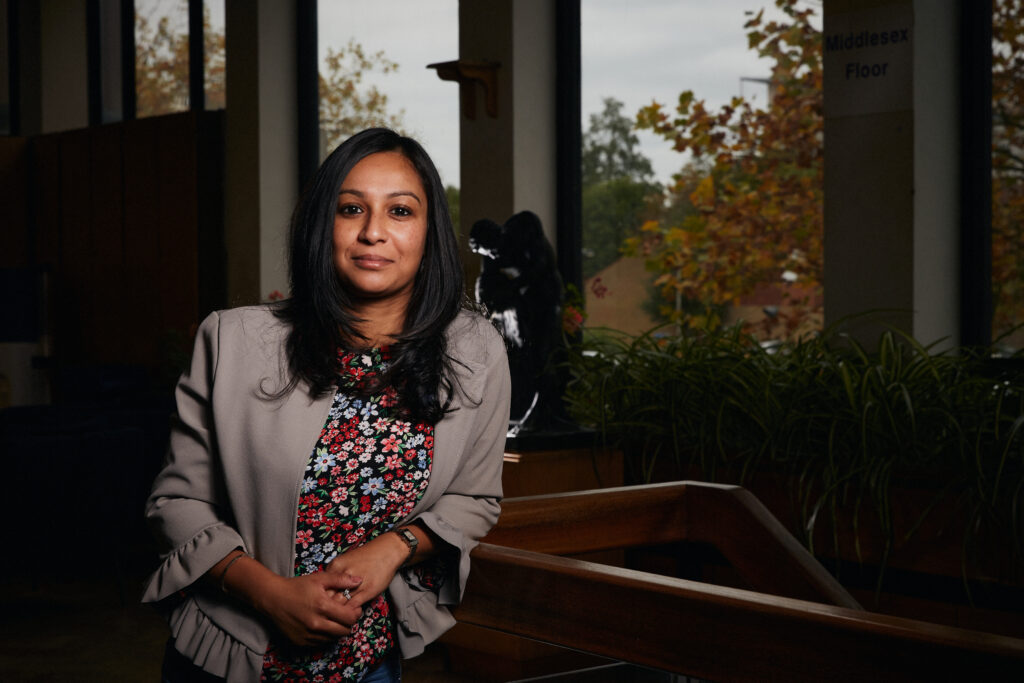
The success of this launch opens the door to many more improvements in the months to come. Now that most of the systems are live, it is time for the Harrow team to take advantage of them, and use them as a base from which to build on future applications.
“The future of Harrow IT is going to be very much about exploiting the new technology platform that we put in place,” Goward says. “We’ll be looking to expand on the cloud systems that we’ve implemented and the use of data and analytics, and increasingly artificial intelligence and automation, to make the council even more efficient and responsive to our resident’s needs.”
Harrow’s IT transformation – as well as the makeup of the local population – will never stop evolving. Its transition to cloud-based systems has been a fundamental milestone on the Council’s modernisation journey.
Now, armed with these new digital systems, Harrow is a step closer to achieving its mission of becoming an agile, technologically driven, equal and diverse council that can best support its residents. Its grand modernisation vision aims to make a genuine difference to the working lives of its staff, and in doing so equip them to better serve the people that live and work in Harrow.

